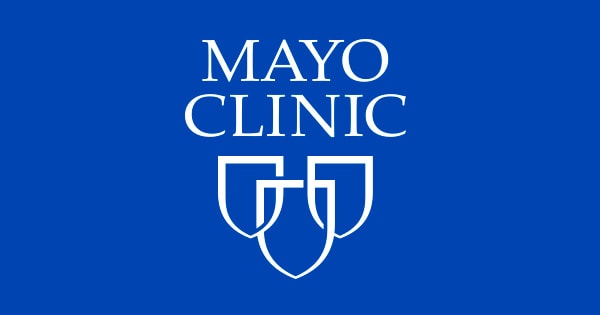If you’ve been sunburned, you’ll notice the symptoms within a few hours of being in the sun too long. The affected skin will be painful, inflamed and hot to the touch. Blisters might develop. You may also have headache, fever or nausea.
When to seek emergency help
Seek immediate medical care if you are sunburned and have:
A fever over 103 F (39.4 C) with vomiting.
Confusion.
An infection.
Dehydration.
Cold skin, dizziness or faintness.
Treatment
First aid for sunburn includes the following:
Take a pain reliever. Use a nonprescription pain reliever as soon as possible after getting too much sun. Examples are ibuprofen (Advil, Motrin IB, others) and acetaminophen (Tylenol, others). Or try a gel pain reliever that you rub on the skin.
Cool the skin. Apply to the affected skin a clean towel dampened with cool tap water. Or take a cool bath. Add about 2 ounces (60 grams) of baking soda to the tub. Cool the skin for about 10 minutes several times a day.
Apply a moisturizer, lotion or gel. An aloe vera lotion or gel or calamine lotion can be soothing. Try cooling the product in the refrigerator before applying. Avoid products with alcohol.
Drink extra water for a day. This helps prevent dehydration.
Leave blisters alone. An intact blister can help the skin heal. If a blister does break, trim off the dead skin with a clean, small scissors. Gently clean the area with mild soap and water. Then apply an antibiotic ointment to the wound and cover it with a nonstick bandage.
Protect yourself from the sun. While your skin heals from the sunburn, stay out of the sun or use other sun-protection measures.
Apply a soothing medicated cream. For mild to moderate sunburn, apply nonprescription 1% hydrocortisone cream to the affected area three times a day for three days. Try cooling the product in the refrigerator before applying.
Treat sunburned eyes. Apply a clean towel dampened with cool tap water. Don’t wear contacts until your eye symptoms have gone away. Don’t rub your eyes.
When to call your doctor
Seek medical care for large blisters or those that form on the face, hands or genitals. Also seek medical help if you have worsening pain, headache, confusion, nausea, fever, chills, eye pain or vision changes, or signs of infection. Signs of infection are blisters with swelling, pus or streaks.
May 10, 2024
AskMayoExpert. Sunburn. Mayo Clinic; 2021.
Thompson DA. Sunburn. In: Adult Telephone Protocols: Office Version. 5th ed. American Academy of Pediatrics; 2022.
Auerbach PS, et al., eds. Exposure to radiation from the sun. In: Auerbach’s Wilderness Medicine. 7th ed. Elsevier; 2017. https://www.clinicalkey.com. Accessed Jan. 13, 2022.
Kermott CA, et al., eds. Sunburn. In: Mayo Clinic Book of Home Remedies. 2nd ed. Time; 2017.
Sunscreen FAQs. American Academy of Dermatology. https://www.aad.org/media/stats-sunscreen. Accessed April 25, 2022.
.
>>> Read full article>>>
Copyright for syndicated content belongs to the linked Source : Mayo Clinic – http://www.mayoclinic.org/first-aid/first-aid-sunburn/basics/art-20056643































